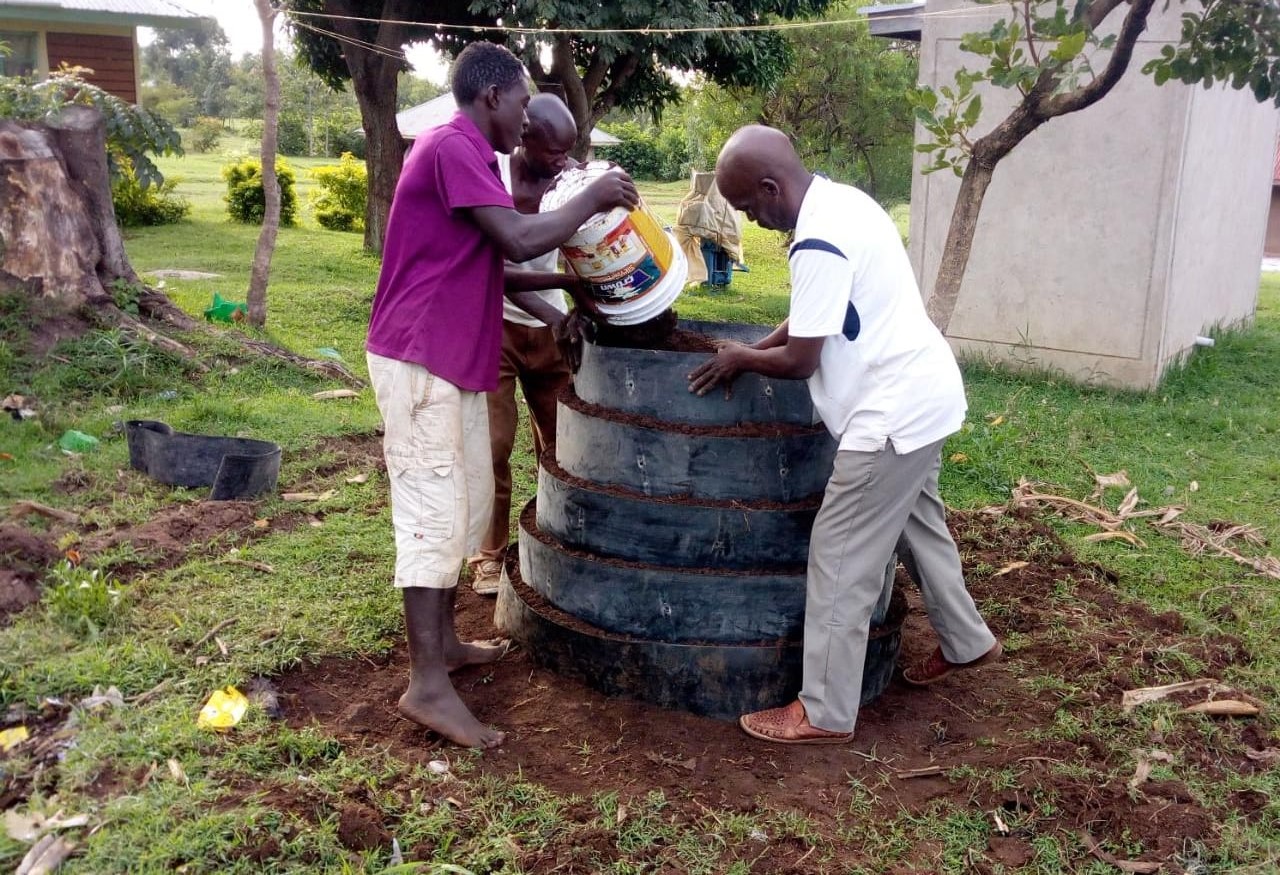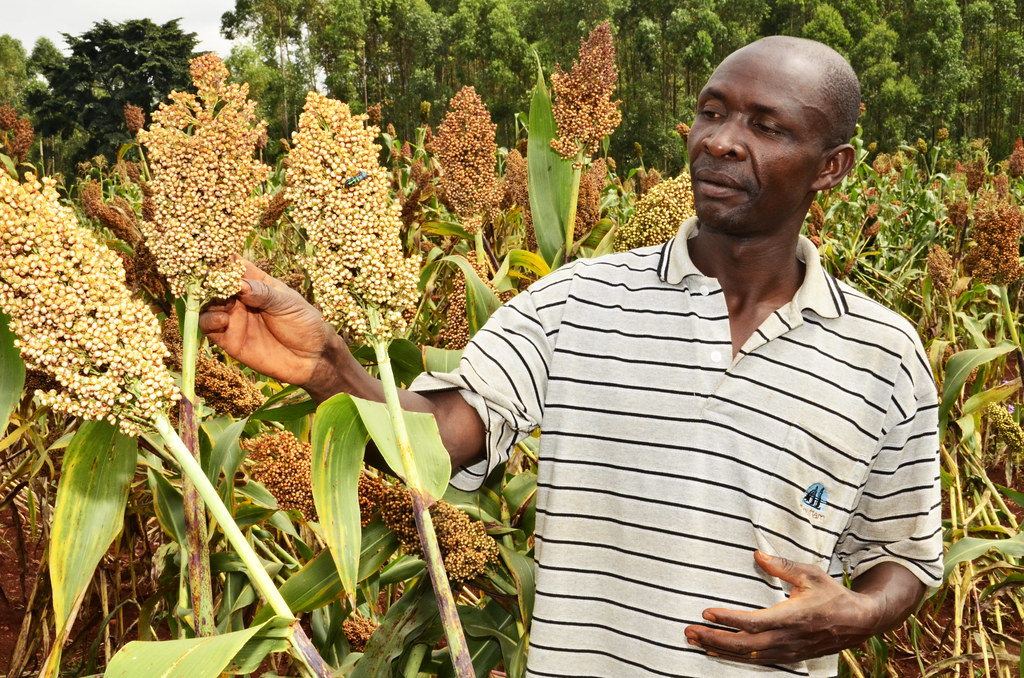
A Food and Agricultural Organization (FAO) report shows that the urban population is now at 50 per cent and is expected reach 65 per cent of the world population by 2025. With this growth, comes the challenge of food security with the World Food Programme indicating that 65 per cent of the world is at risk of starvation.
But as food scarcity bites and farming land shrinks, urban dwellers are adopting innovative farming techniques to grow food for subsistence use.
Garden-in-a-sack, also known as vertical gardening, is one of the commonly-used techniques by urban farmers because it produces high yields from a small space. And while mature vertical gardens look appealing to the eye, setting up one is a structured process.
Related News: Do you have some empty space that you would like to set up a vertical garden on? Here is how to do it
Related News: Fact sheet: how to make a vertical sack garden
The following section outlines the process involved in creating a garden-in-a-sack, which you can easily follow to populate your balcony or backyard with vegetables.
1. Start by erecting your empty sack using wooden splinters for support.
2. Pour soil, mixed with manure at the base, so that it sits up to 10 inches from the ground.
3. Get an empty tin and cut off the bottom. You will use this as a funnel to position tiny stones, which will be used as the irrigation gateway. Position the tin at the center of the base soil and fill it up with small stones.
4. With the stone-filled tin in place, pour more manure-mixed soil on its side so that it surrounds the tin.
5. Pull out the tin and position it at the top of the pile.
Related News: Hanging gardens helping urbanites reduce vegetable costs
6. Add more stones, fill the sides with soil and repeat the process until the sack is full.
7. When the sack is completely filled, carefully poke holes on its sides at regular intervals and insert the seedlings of your preferred crop: kales, spinach, spring onions, and coriander are some of the crops that do well in these gardens.

















